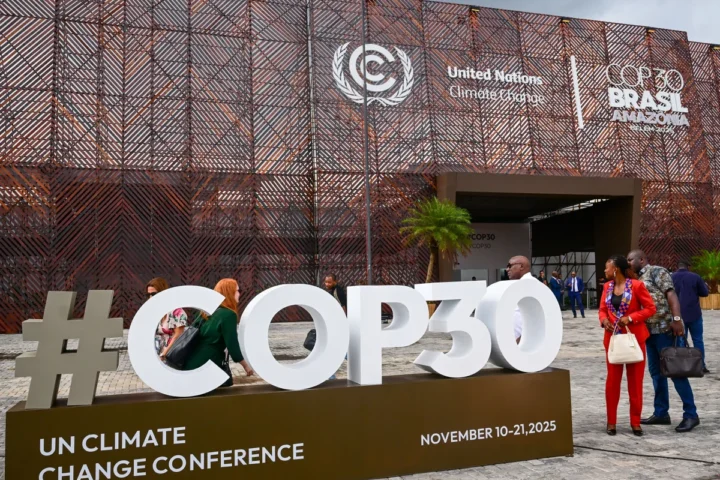The global electric vehicle (EV) revolution is gaining momentum, with certain countries staking their claim as leaders through transformative policies, robust infrastructure, ambitious targets, and technological innovations. Below is a roundup of the top nations with the highest EV potential in 2025, highlighting their distinct strategies and the lessons they offer.
China: Scale, Policy Support, and Cost Leadership
China dominates global EV adoption, accounting for 57% of worldwide battery electric vehicle (BEV) registrations in the first quarter of 2025 and more than half of all-electric cars on the road by sales volume. This rapid ascent is driven by sustained government investment of over USD 30 billion in EV production, consistent consumer subsidies, and a massive trade-in program. These policies, coupled with the extension of EV tax exemptions through 2027 and lowered purchase costs (over half of China’s EVs are now cheaper than comparable gasoline models), have democratized EV ownership. China’s robust domestic battery and automotive sector (BYD, NIO, CATL) helps localize the supply chain, further supporting affordability and innovation.
Norway: Policy Incentives and Infrastructure
Norway leads globally in per-capita EV penetration, with over 80% of new car sales being electric. The country’s success is attributed to pioneering incentives such as tax exemptions, reduced tolls, free parking, access to bus lanes, and a highly developed charging infrastructure. Norway leverages its hydropower-based electricity grid to ensure that EV adoption supports true decarbonization. Heavy import duties on combustion engine vehicles make EVs comparatively more attractive—policies enabled by the nation’s energy wealth and environmental commitment.
The Netherlands: Network and Urban Integration
The Netherlands has become a model for integrating EVs seamlessly into urban environments. About 40% of its new car sales are electric, and it boasts an ambitious development of public charging infrastructure that is one of the most comprehensive per capita in Europe. Government incentives include registration tax waivers for BEVs, reduced taxes on plug-in hybrids, and strict emissions regulations. These measures are supplemented by significant efforts to deter internal combustion vehicle ownership—a dual strategy of incentives and disincentives.
Germany and the UK: Shifting from Subsidies to Infrastructure
In Germany, the phase-out of direct purchase subsidies in 2023 was replaced by new tax benefits, particularly for commercial fleet buyers, and by commitments to expanding public charging points. The UK, having ended most EV purchase incentives, is now investing £1.6 billion into charging infrastructure and aims for 300,000 public chargers by 2030, focusing on fleet electrification via tax incentives.
Sweden: High Market Share and Clean Energy
Sweden has reached a milestone: 60% of new cars sold are electric, making it a global leader relative to population size. Consumer eco-consciousness, generous incentives, and extensive charging station coverage drive adoption. Prominent automaker Volvo’s commitment to go entirely electric by 2030 exemplifies the nation’s push.
United States: Innovation and State Leadership
The United States is the second largest EV market globally, with over 7 million plug-in vehicles sold cumulatively by 2025. Leadership is often state-driven: California and a cohort of coastal states drive aggressive mandates, rebates, and charging rollout. The federal government’s inflation reduction incentives and investments in domestic battery production further accelerate market growth.
South Korea and Canada: Tech and Resources
South Korea combines the prowess of EV manufacturers (Hyundai, Kia) and battery giants (LG, SK Innovation), positioning itself as an export and innovation hub. Governmental incentives target both domestic and international markets, and the focus on battery development extends its impact globally. Conversely, Canada leverages natural resources like lithium and nickel, vital for battery supply chains, and ambitious provincial programs (e.g., British Columbia’s and Quebec’s rebates and stricter emissions targets) support growth.
India: An Emerging Powerhouse
India stands out as an emerging powerhouse in the global electric vehicle (EV) landscape, propelled by robust government policy, strong growth targets, and a rapidly expanding domestic market. As of 2025, EVs represent approximately 5% of total automobile sales in India, with the government aiming to increase this to 30% by 2030 and leading in both two- and three-wheeler segments. Sales figures demonstrate the country’s momentum: the Indian EV sector was valued at $54.41 billion in 2025 and is expected to double by 2029. Homegrown manufacturers like Tata Motors, Mahindra, and Ola Electric dominate the landscape, buoyed by initiatives such as the FAME II scheme, state-level policies, and intensive investments in local manufacturing and battery technology. International entrants, particularly Tesla, are set to spur competition and accelerate innovation, while ongoing government support is targeting over a million public charging stations by the end of the decade. Despite challenges in infrastructure and affordability, India’s future as a major EV market looks increasingly secure, driven by a blend of policy momentum, manufacturing scale, and consumer enthusiasm for sustainable mobility.
Takeaways: What Top EV Countries Are Doing Right
- Incentive Alignment: Leaders align consumer and industry incentives—tax breaks, rebates, purchase grants, and operational perks—targeted to accelerate both supply and demand.
- Infrastructure Prioritization: Early and ongoing investment in public charging alleviates range anxiety, as demonstrated in the Netherlands and Norway.
- Policy Stability: Long-term, predictable policies (e.g., China’s decade-long plan, Europe’s AFIR regulation) build confidence for consumers and manufacturers alike.
- Local Industry Development: Countries like China, South Korea, and now India anchor their market with home-grown battery and vehicle manufacturing capabilities.
- Fleet Focus: Germany and the UK highlight how policy can jump-start EV adoption in commercial fleets, a sector that drives volume and infrastructure utilization.
As the world looks to scale up electrified transport, these nations offer blueprints tailored to their economic, industrial, and social realities.











